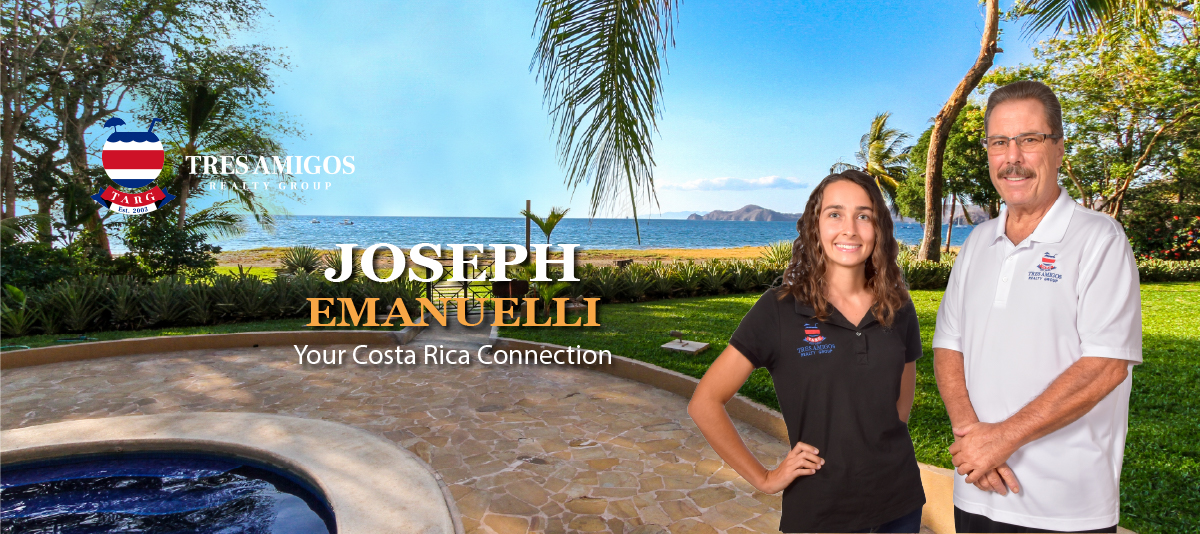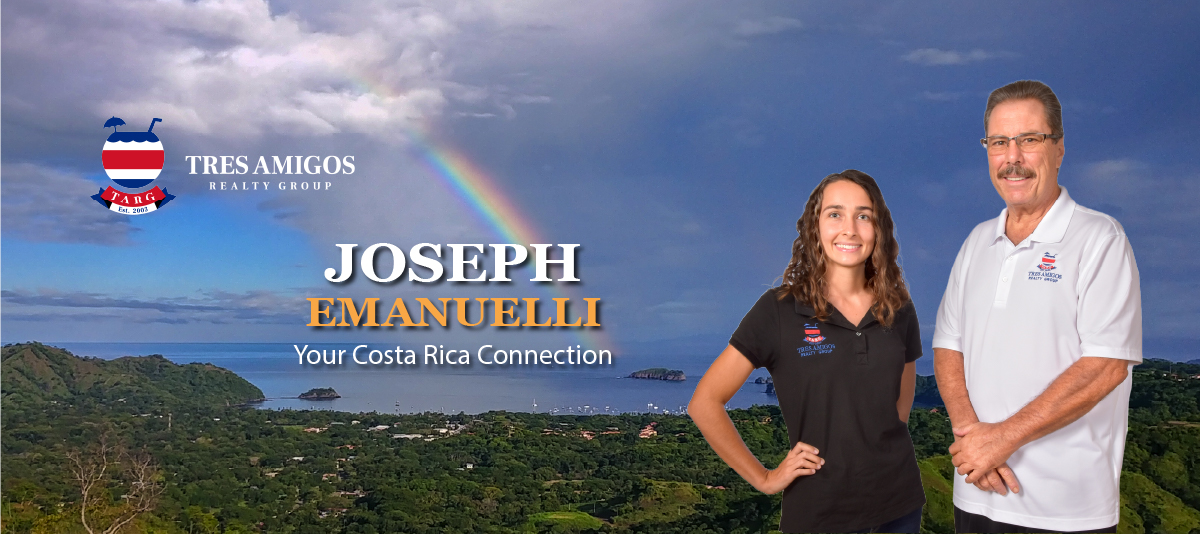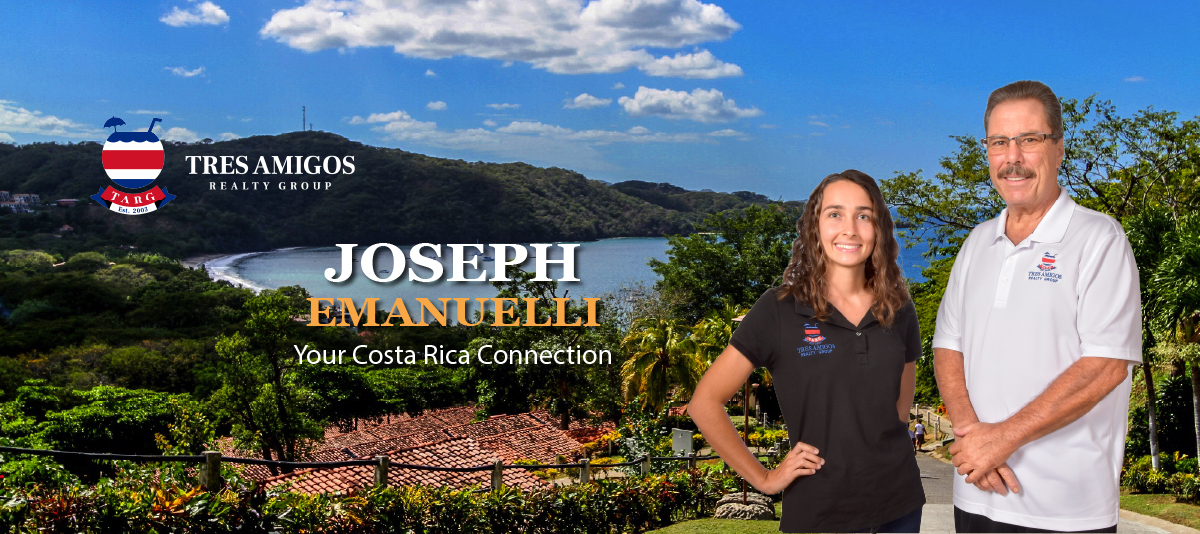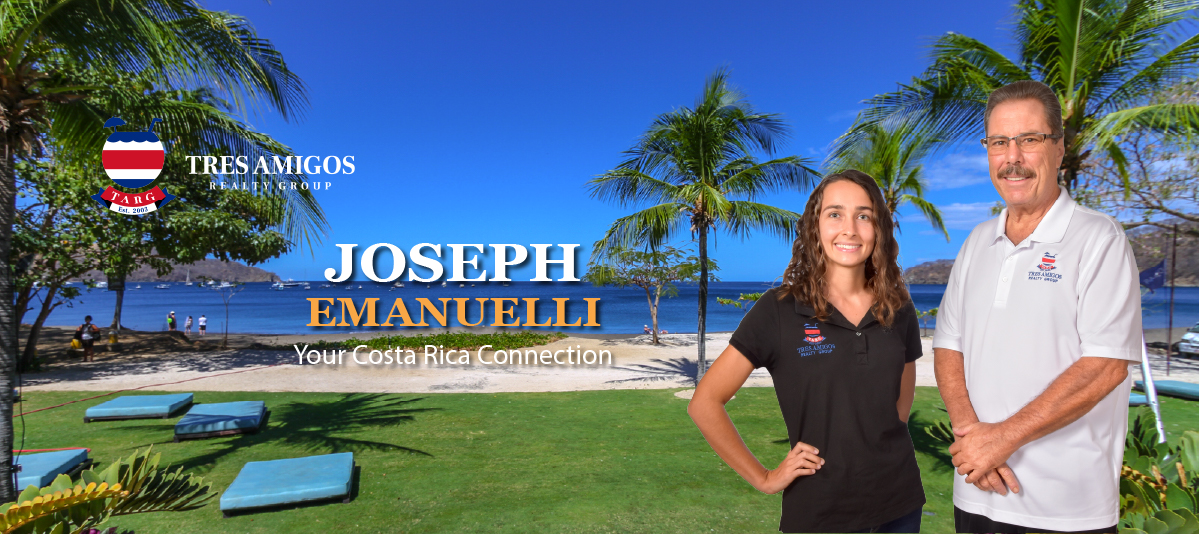What is it like to drive in Costa Rica? Exciting, nerve-wracking, scary, maybe dangerous, but never boring. At times you will feel like you are on a roller coaster; at times you will feel like you are in a video game. Driving here can be intimidating for a visitor. But it gives you the freedom that you won’t have when riding a bus.
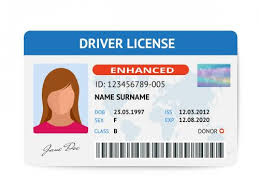 A valid driver’s license from your home country is all you need to drive in Costa Rica. Always have your passport or a copy of it handy just in case you get pulled over. There is no need for an international driver’s license. Yours will be good as long as your stay is less than 3 months. Check your passport entry stamp for the exact date.
A valid driver’s license from your home country is all you need to drive in Costa Rica. Always have your passport or a copy of it handy just in case you get pulled over. There is no need for an international driver’s license. Yours will be good as long as your stay is less than 3 months. Check your passport entry stamp for the exact date.
In Costa Rica, we drive on the right-hand side and most rules of the road are similar to those in North America. Speed limits are posted in kilometers per hour. Seat belts are required. That said, rules are not enforced much. As a result, they are not obeyed much either. For example, in rural areas especially seat belts go unused, a parent’s lap is the child seat, and passenger limits are often exceeded. Police checkpoints are common, but usually, they only check your passport, license, and registration.
 Road conditions vary from well-paved, multi-lane highways and two-lane roads to pothole-filled dirt roads that cross rivers. Four-wheel drive is recommended if you plan to visit remote areas.
Road conditions vary from well-paved, multi-lane highways and two-lane roads to pothole-filled dirt roads that cross rivers. Four-wheel drive is recommended if you plan to visit remote areas.
Driving in Costa Rica can be a challenge because roads and highways are not well marked. They have numbers according to the map or GPS, but signage is almost non-existent unless you are on some of the major highways. Therefore, I highly recommended that you use GPS or the wifi on your phone to connect to a mapping program. The app Waze is excellent–I use it at times. It’s very popular here because it takes into account traffic and construction as well as comments from fellow travelers about current conditions. It is easy to download and set up.

Not everyone has a car in Costa Rica. A lot of people get around on bicycles and on foot. What does this have to do with driving in Costa Rica you ask? Well, keep reading.
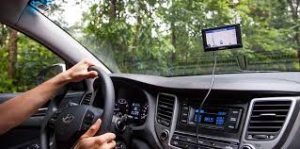
Pedestrians are extremely comfortable walking alongside the road—or even down the middle of it! Beware of kids walking to school, mothers pushing strollers, and the family dog walking abreast—not single file—alongside a busy highway. It is especially dangerous at night when people are wearing dark clothes. They feel confident because they can see you with your bright headlights just fine, but they have no idea how invisible they are to as you are blinded by the glare of an oncoming car and hurtling along at 50 mph.
There are also a lot of motorcycles on the road since they are more economical and are not impeded by heavy traffic. Be aware, though, that motorcyclists seem to believe they are above the law and possibly even immortal. Especially in the busy traffic environment of San Jose, you need to be alert to motorcycle behavior. They weave and squeeze between cars, so thoroughly check your side mirrors before changing lanes.
Hazard lights are kind of a get-out-of-jail-free card here. If a driver wants to stop in the middle of the road and talk to a friend in the other lane, they just put on their hazard lights and you can’t complain (“Hey! Didn’t you see my hazards?”). They may use them to let you know there is a problem up ahead, and that is more helpful. Turn signals are sometimes used by someone in front of you to let you know you can pass them, but that could also be a dangerous misunderstanding!

Unsafe passing is a national pastime here. NEVER think someone won’t pass because of a solid line or zero visibility. There is nothing you can do about it except stay alert and cautious. And never assume it can’t happen.
In the event of an accident, call 911 and your rental car company. Be sure to not move the car, even if it is blocking traffic. The police will arrive and record all pertinent information, and your rental car company will bring you a replacement.
The good news is all gasoline stations are full service! And the price per liter is set by the government, so there is no need to shop around for the lowest price. Gas stations take cash or credit cards, but make sure to check the charge on your printed receipt against the amount on the pump before you sign it just in case the attendant decides to include a generous tip.
Now you are ready to hit the road. Driving in Costa Rica can be interesting. Don’t be intimidated, it will be OK.
Gentlemen, start your engines!
Interested in finding a property in Costa Rica? Check out our extensive listings here:
Want to keep up with everything that is happening here in Costa Rica? Join my email list!
Need more information about Costa Rica in general? Read our FAQS about Costa Rica page.
Interested in owning a property in Costa Rica, checkout some great options here
Have a comment or a question? Feel free to EMAIL ME
Like the article? Please share!
